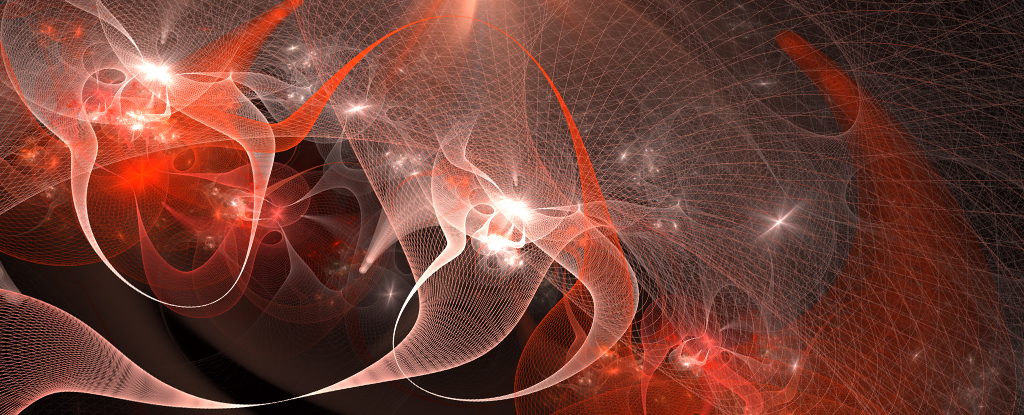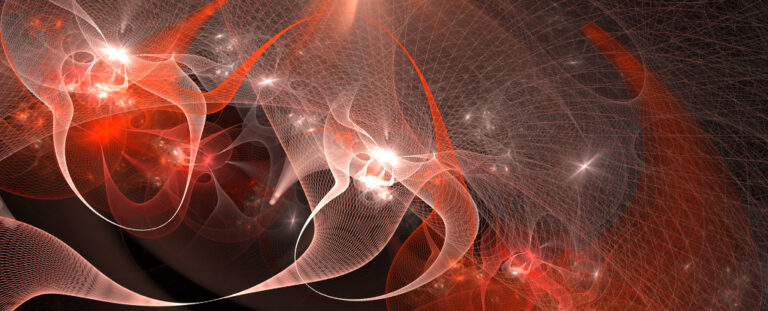Astrophysicist revolutionizes General Relativity by discarding a fundamental law.
Albert Einstein was undeniably a highly intelligent individual. However, even he acknowledged that his general theory of relativity, which serves as the 21st century’s counterpart to Newton’s universal theory of gravity, is not flawless.Similar to a used car purchased with one’s initial paycheck, it adequately fulfills everyday tasks. However, if pushed too hard up a steep incline or parked in close proximity to a quantum strip mall, its engine falters and comes to a halt.Hamidreza Fazlollahi, an astrophysics graduate student at Peoples’ Friendship University of Russia, proposes a solution by delving into the inner workings of general relativity to identify components that may not be as crucial as they initially appear.
By removing a law that conserves a mathematical quality related to energy and momentum, Fazlollahi believes that general relativity may be able to overcome certain obstacles.
Gravity is the force that causes objects with mass to be drawn towards each other. Whether it involves colliding galaxies, a moon resisting inertia as it is pulled towards a planet, or an apple falling from the highest branches of a tree to the Earth, models of gravity must provide an explanation for why masses attract.However, a theory of gravity must also account for a Universe where objects with identical charges repel each other, elucidate why atomic nuclei remain bound together by an incredibly strong force, and clarify why neutrons spontaneously decay to form protons. Furthermore, it must continue to function even when masses become extremely dense or space-time becomes so compressed that light can no longer escape.
And truthfully, as remarkable as it is, general relativity simply falls short of meeting these demands.

Fazlollahi explains that the non-renormalizability issue of Einstein’s gravity is widely recognized and has sparked numerous attempts to address it as a theory applicable at low energies.Renormalization serves as a clever technique employed by theoretical physicists to eliminate perplexing infinities in quantum fields. When the intricate loops of reality appear to stretch infinitely into the distance in a bewildering fractal pattern, these techniques can be utilized to restore stability and validity to the model.
However, the task of reconciling general relativity with quantum mechanics proves to be a challenging endeavor. The expansive fabric of space-time described by general relativity does not easily align with the intricate framework of quantum mechanics, resulting in an incompatible system of physics that necessitates the coexistence of two distinct theories.
Fortunately, Einstein’s formulation of general relativity was constructed based on a set of assumptions. While these assumptions were well-founded, it is possible that the Universe may have alternative perspectives on their validity.One of the key assumptions in general relativity is the conservation of energy and momentum in relation to the curvature of space and time. In simpler terms, traversing from point A to point B in the vast expanse of space-time should not impact one’s energy or velocity unless external forces come into play.
This assumption holds true in a flat, empty Universe. However, the reality we inhabit is far from empty, with its curvature, abundance of galaxies, electrons, and the constant emergence and disappearance of virtual particles.
In 1976, Peter Rastall, an English physicist, proposed an alternative model of gravity that established a connection between matter and the curvature of space-time in a non-trivial manner. This model allowed for some flexibility in the standard conservation law of energy and momentum.Taking a different approach but following a similar line of thinking, Fazlollahi explored relativistic thermodynamics, which deals with energy exchange in extreme conditions, to uncover transformations of energy and momentum that resemble equations used in general relativity.
The outcome is a fresh perspective on how gravity emerges from the curvature of space-time, which challenges certain fundamental assumptions while still being valuable in explaining phenomena such as the expansion of the Universe.Although Einstein’s brilliant idea is highly commendable, it is evident that it may have some flaws. In such critical circumstances, it is essential not to be excessively conservative and instead consider alternative possibilities that could impact the fate of everything.
This article is republished from sciencealert under a Creative Commons license. Read the original article.
Do not forget to share your opinion with us to provide you with the best posts !




0 Comments